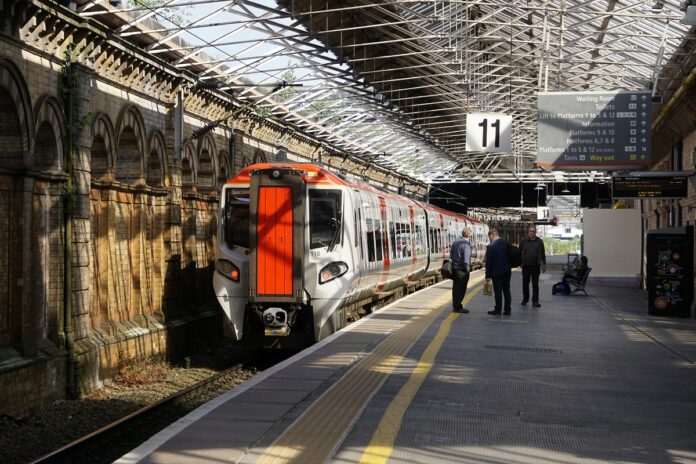The Rail Safety and Standards Board (RSSB) has published a new Train Protection Strategy designed to help the rail industry better understand and mitigate the risks of Signals Passed at Danger (SPADs) and overspeeding incidents. Although these events are rare, they carry potentially serious consequences for the safety of Great Britain’s mainline railway network.
The strategy represents the outcome of extensive collaboration across the rail industry and aims to enhance safety during the interim period before the full rollout of the European Train Control System (ETCS). It provides a framework of activities to help industry partners assess and reduce the risks associated with SPADs and overspeeding, using the latest research, modelling and data insights.
Development of the strategy drew on broad industry engagement and alignment with ongoing rail safety programmes. This ensures its recommendations remain relevant, practical and capable of delivering measurable improvements. Progress will be monitored by the Train Protection Strategy Group (TPSG), facilitated by RSSB and supported by partners from across the industry.
Key aspects of the strategy include defining what “as low as reasonably practicable” means for train protection systems, supporting targeted enhancements to reduce derailment and collision risk, and promoting data-driven decision-making. With ETCS implementation expected to span several decades, the strategy also encourages the adoption of interim technological and operational improvements.
The document highlights shared responsibility across the rail sector, recommending a cost-effective approach to safety investments through prioritisation and lifecycle cost analysis. It also promotes the use of real-time data and improved reporting to support proactive safety management. Looking ahead, the strategy encourages continued innovation and the investigation of automation and digital signalling technologies.
Tom Lee, RSSB’s Director of Standards, said:
“This strategy, that the industry has agreed to work together on, is about bridging the gap between where we are and where we need to be.
ETCS is the long-term goal, but its rollout could take decades. This strategy provides a practical, risk-based framework to manage the residual risks of SPADs and overspeeding trains in the intervening period.”
Richard Hines, ORR’s HM Chief Inspector of Railways, said:
“We welcome RSSB’s new train protection strategy, which will help enhance safety across Britain’s mainline railway as the industry transitions to the European Train Control System over the coming years. Delivering this strategy will require collaboration, strong leadership, and shared commitment across the system, with all parties taking ownership of their role in driving continuous improvement at pace. By working together to ensure that risks are reduced as low as reasonably practicable, the industry can ensure Britain’s mainline railway remains safe for everyone, now and in the future.”
Darren Jowett, Chair of the Train Protection Strategy Group and Head of System Authority, Network Rail, said:
“Safety, reliability and performance are at the heart of Britain’s rail network. While ETCS is the long-term solution, we need to target enhancements to existing train protection systems where appropriate to reduce SPAD and over-speed risk. This updated Train Protection Strategy shows how we’ll strengthen existing systems and embrace innovation to keep passengers and freight moving safely and efficiently today, while building the foundations for a sustainable future.”
Rupert Lown, Group Safety, Security, Health & Environment Director, DFTO, said:
“As we continue the journey to Great British Railways, our collective mission is to deliver a safe and reliable railway for everyone, everywhere.
This strategy demonstrates the value of close industry collaboration, one of the key benefits of common public ownership. Sharing data and best practices more freely across the industry is driving safety in the here and now, while fostering new ways of working, breeding innovative solutions and greater accountability for the future railway.”





